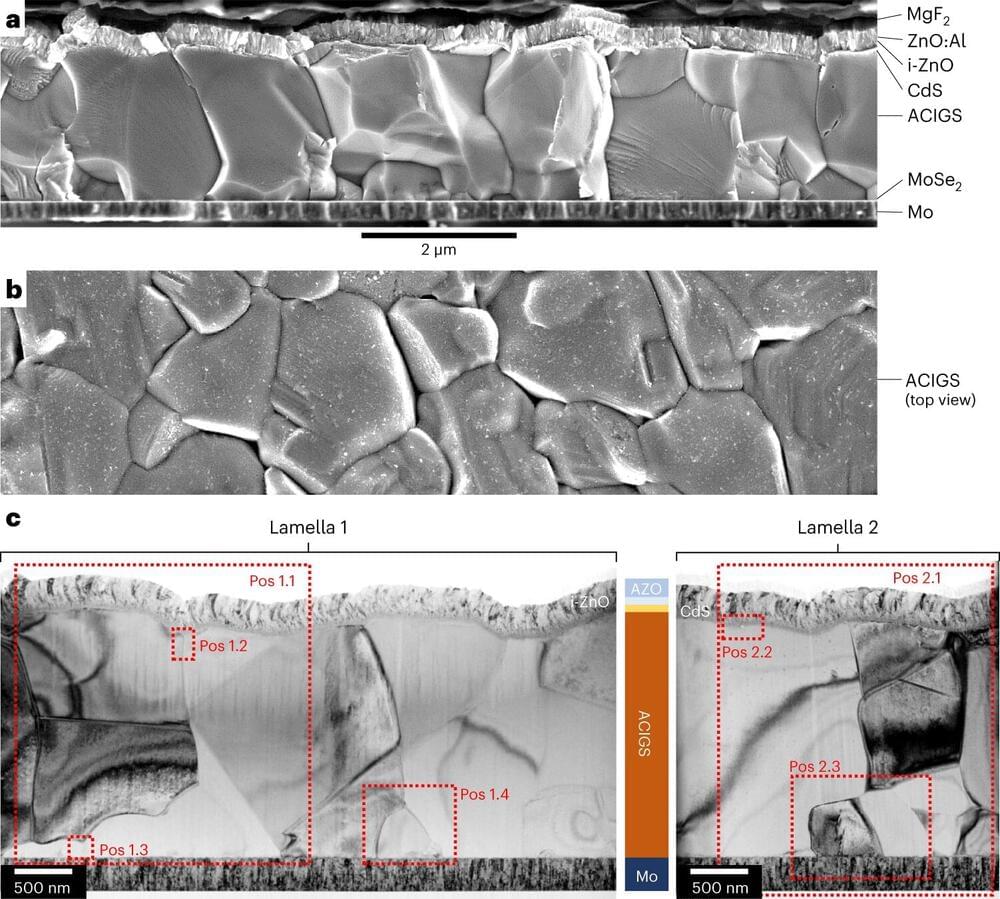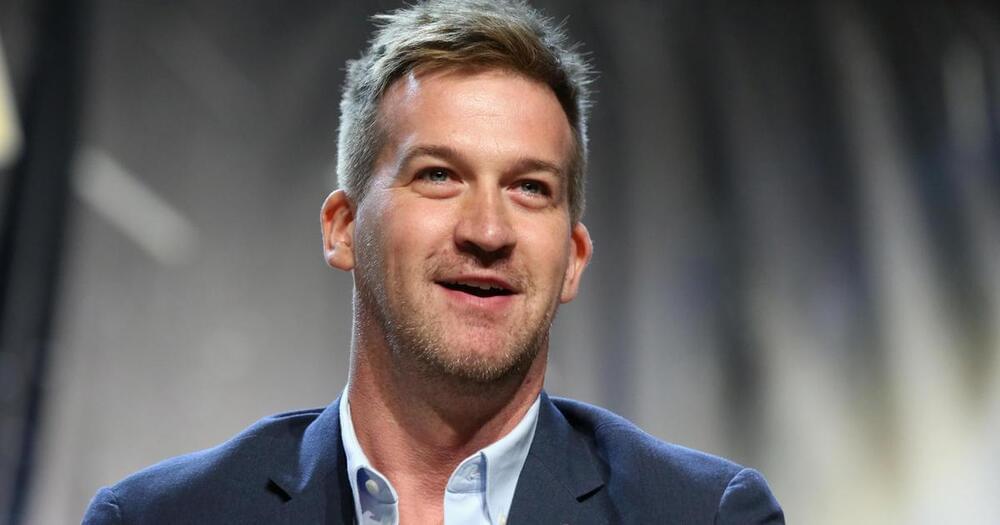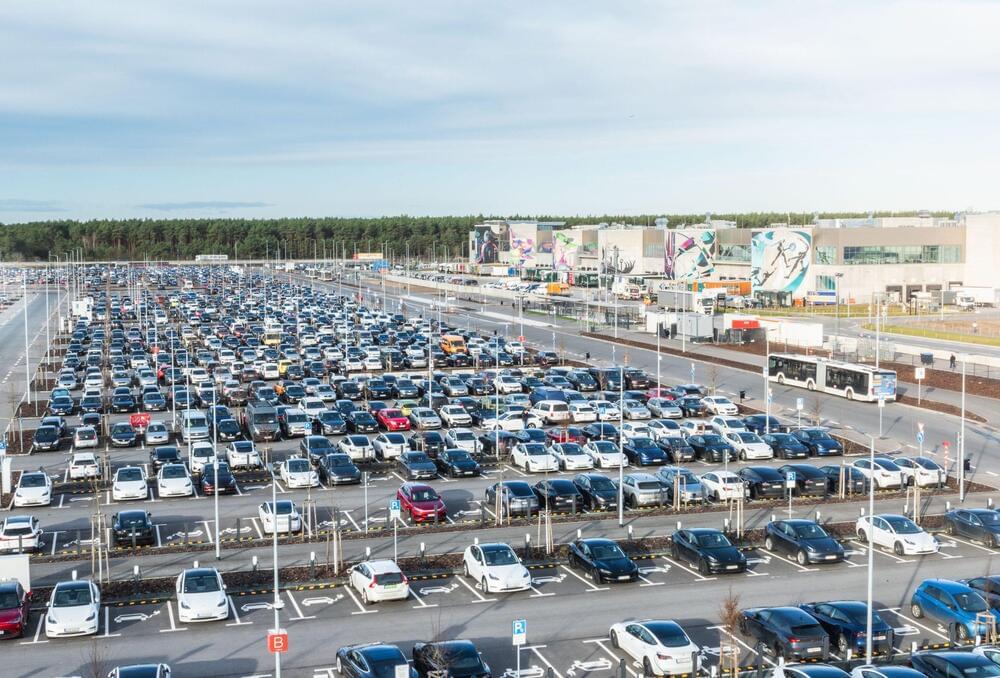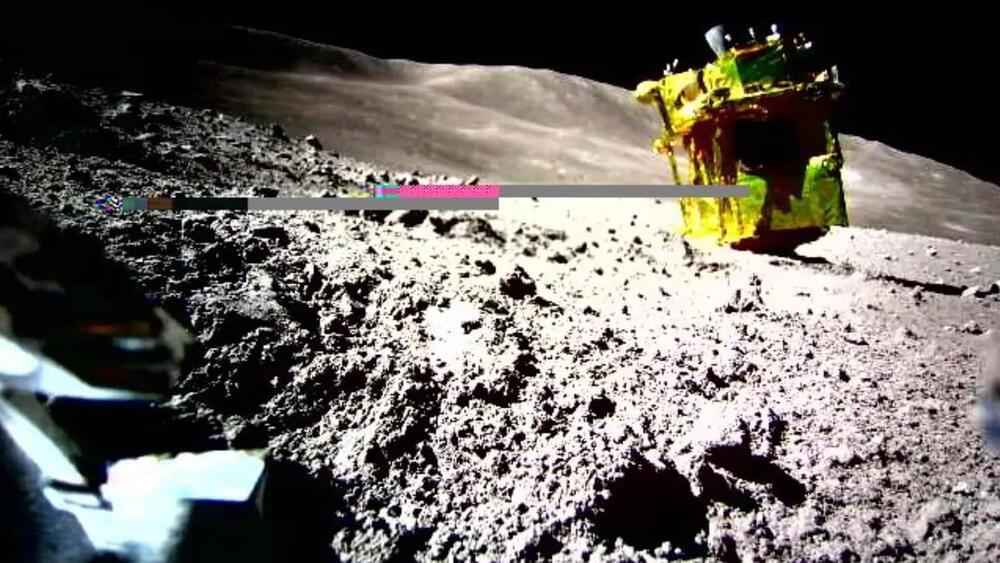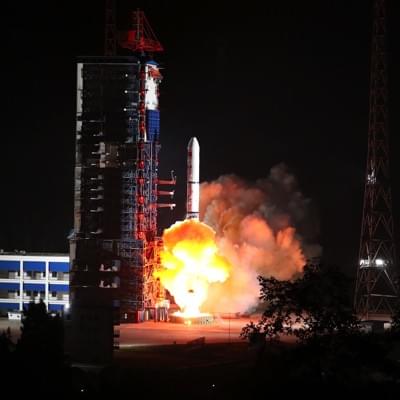Uppsala University is the new world record holder for electrical energy generation from copper indium gallium selenide (CIGS) solar cells. The new world record is 23.64% efficiency. The measurement was made by an independent institute, and the results are published in Nature Energy.
The record results from a collaboration between the company First Solar European Technology Center (formerly known as Evolar) and solar cell researchers at Uppsala University.
“The measurements that we have made ourselves for this solar cell and other solar cells produced recently are within the margin of error for the independent measurement. That measurement will also be used for an internal calibration of our own measurement methods,” says Marika Edoff, Professor of Solar Cell Technology at Uppsala University, who is responsible for the study.


